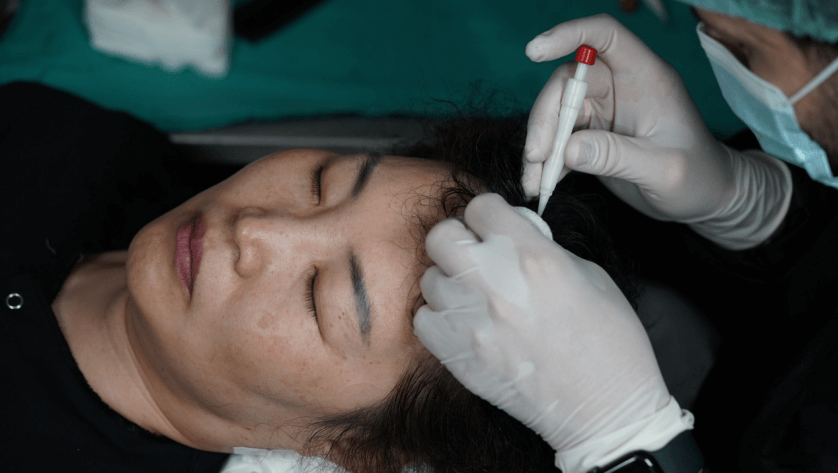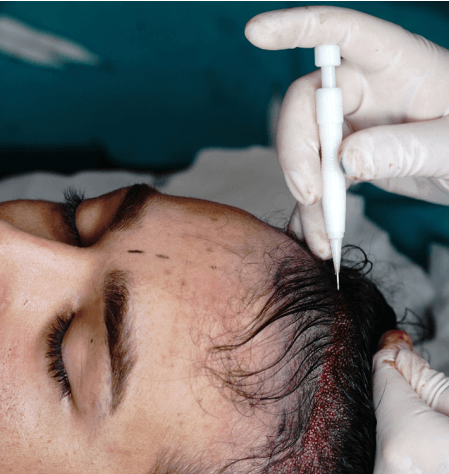UNSHAVEN HAIR TRANSPLANTATION
How is a unshaven hair transplant performed?
Unshaven hair transplantation is one of the most innovative methods of hair restoration and this technique is particularly well-suited to individuals with long and medium-long hair. While other techniques require the patient to shave their scalp completely, unshaven transplantation allows the patient to keep their natural hairstyle during the procedure. In this technique, only the donor area, usually at the back or sides of the head, is shaved. From here, the hair follicles are extracted, while the rest of the hair remains the same and is less noticeable, thus avoiding the period of uncomfortable regrowth with totally shaved methods.One of the key benefits of unshaven hair transplantation is that it can enhance one's appearance. Additionally, once shaved, the surrounding hair can help to disguise it, and most people would be unlikely to notice it. This is helpful for those who are self-conscious about their appearance while recovering from surgery. Immediately after surgery, patients can easily feel more confident and less self-conscious. It has also become increasingly popular with both men and women who want to restore their hair without losing their style. .
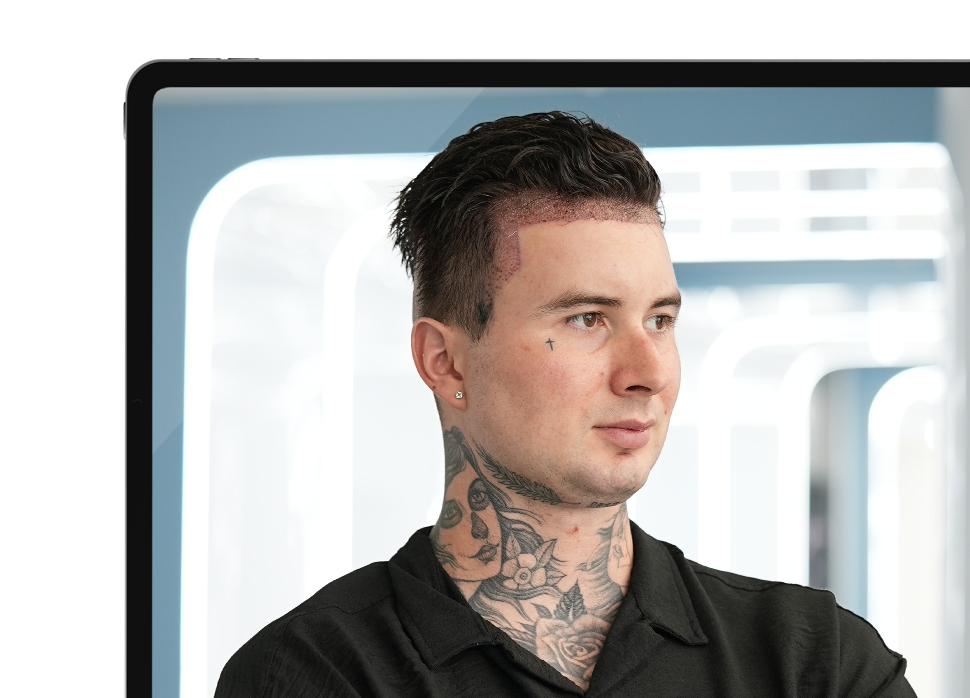
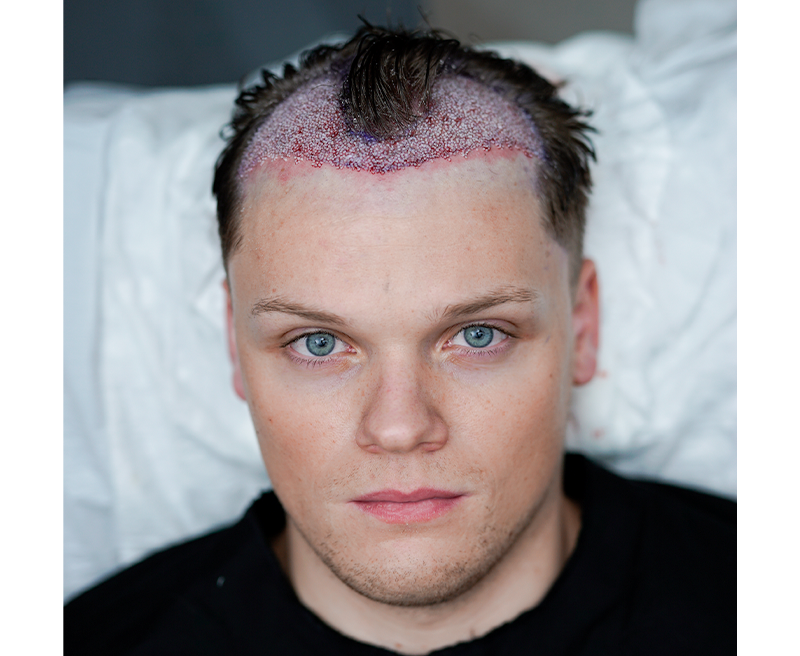
WHO IS ELIGIBLE FOR UNSHAVEN HAIR TRANSPLANTATION?
Unshaven hair transplants are performed using the DHI method, which is known for its precision and effectiveness. This technique involves creating a small 'window' in the donor area of the scalp to extract hair follicles. This method is particularly preferred by women as it allows for a more discreet procedure with minimal visible signs of extraction.
- The following individuals may benefit from unshaven hair transplantation:
- Those with only a receding hairline: Many men and women who are experiencing a gradual loss of hair at the front of the head can benefit from this method as it allows for a natural and seamless restoration of their hairline.
- Women experiencing hair loss: Women often prefer unshaved hair transplantation because it is less invasive and the transplanted hair can be blended with existing hair, making the process less noticeable.
- People with patchy hair loss in certain areas: This method is ideal for those with localised hair loss, such as Alopecia Areata, as it allows for the targeted extraction and implantation of follicles, resulting in a more effective restoration of hair density in the affected areas.
- Overall, unshaved hair transplantation offers a versatile solution for various hair loss conditions, addressing the specific needs of different candidates while focusing on aesthetic outcomes.
WHAT ARE THE BENEFITS OF UNSHAVEN HAIR TRANSPLANTATION?
Unshaved hair transplantation has many advantages, making it an increasingly popular choice for people looking to increase their hair density. Some of the key benefits include:
- Preserving a natural appearance: One of the main advantages of unshaven hair transplantation is that it allows patients to maintain their natural hairstyle before and after the procedure. This means there is no drastic change in appearance, which can be particularly important for those concerned about looking different during the recovery period.
- Immediate cosmetic improvement: Unlike traditional hair transplant methods, which require a noticeable period of hair growth after the transplant, an unshaven transplant eliminates this waiting period. Patients can enjoy fuller looking hair immediately as existing hair is left intact, contributing to immediate aesthetic improvement.
- Discretion and privacy: This technique allows individuals to undergo hair restoration without drawing attention to the fact that a transplant has been performed. The subtle nature of the procedure means that friends, family or colleagues may not even realize that a hair transplant has taken place, providing greater peace of mind for those who prefer to keep their treatment private.
- Unnoticeable recovery period: The no-shave method allows patients to resume their work more quickly, with minimal attention from others.
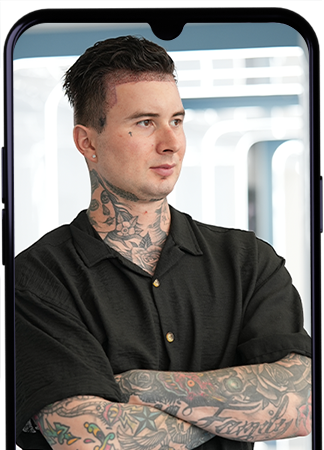
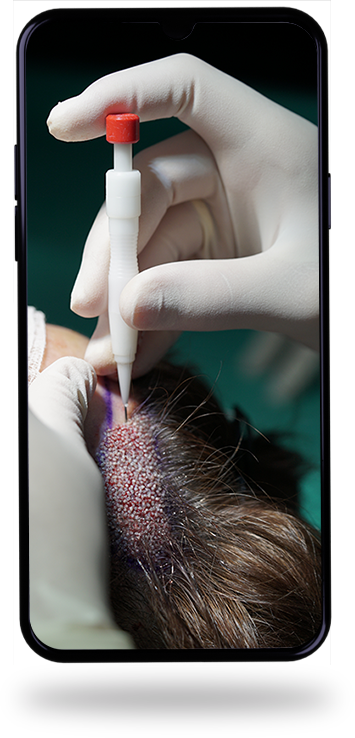
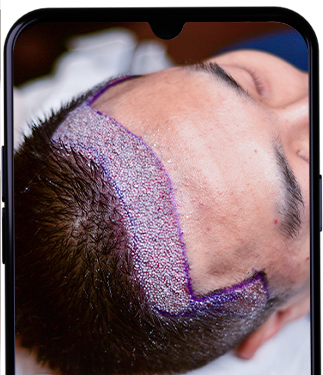

 Deutsch
Deutsch
 English
English
 français
français
 italiano
italiano
 Türkçe
Türkçe
 русский
русский
 한국어
한국어




